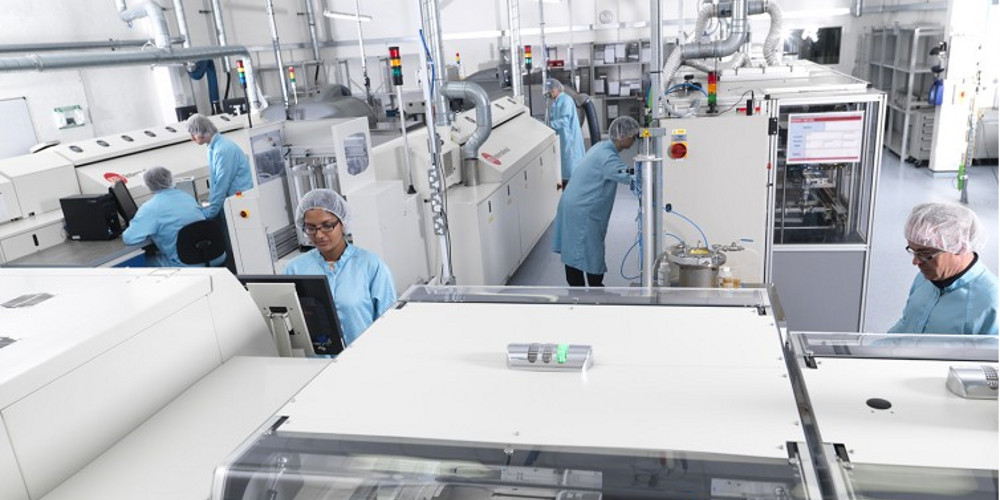Bosch and Ceres Power have entered a strategic cooperation agreement. The partnership with the British company also relates to the development and production of fuel cells for new energy systems, said the German group today.
The deal includes cooperation and license agreements for the development of technology and the setting up of a small production line at Bosch, as well as a contract for acquisition of a 4% stake in Ceres Power Holdings plc. by the German company.
According to Bosch, Ceres is a leading developer of solid oxide fuel cell (SOFC) technology. With such systems, natural gas or hydrogen can be converted into electricity by an electrochemical reaction inside a fuel cell. The aim of the British company is to bring the technology to industrial scale, high-volume production. Fuel cells would then be used for the energy transition in cities, factories, data centers or in the operation of charging stations for electric vehicles.
“Bosch believes that the highly efficient fuel cell, with its very low emissions, has an important role to play in energy systems’ security of supply and flexibility,” said Stefan Hartung, Bosch's Managing Director with responsibility, among others, for the Energy and Building Technology division.
Popular content
He says fuel cell technology would bring the energy transition another step forward – a goal also pursued by Ceres. “By combining Ceres’ unique Steel Cell technology with Bosch’s engineering, manufacturing, and supply chain strength, we will establish a strong partnership that can make our technology even more competitive and prepare it for potential mass production,”said Phil Caldwell, CEO of Ceres Power.
As part of the partnership, the SOFC technology could be harnessed for various applications, including small power plants, which could be built in cities and industrial and commercial areas. Each SOFC module could generate 10 kW of electric power and they can be interconnected, according to Ceres. One of the functions of such cells would be to cap peak loads.
In combination with renewable energies, it is also possible to compensate for fluctuating feed-in and to convert renewable electricity into hydrogen.
This content is protected by copyright and may not be reused. If you want to cooperate with us and would like to reuse some of our content, please contact: editors@pv-magazine.com.



By submitting this form you agree to pv magazine using your data for the purposes of publishing your comment.
Your personal data will only be disclosed or otherwise transmitted to third parties for the purposes of spam filtering or if this is necessary for technical maintenance of the website. Any other transfer to third parties will not take place unless this is justified on the basis of applicable data protection regulations or if pv magazine is legally obliged to do so.
You may revoke this consent at any time with effect for the future, in which case your personal data will be deleted immediately. Otherwise, your data will be deleted if pv magazine has processed your request or the purpose of data storage is fulfilled.
Further information on data privacy can be found in our Data Protection Policy.